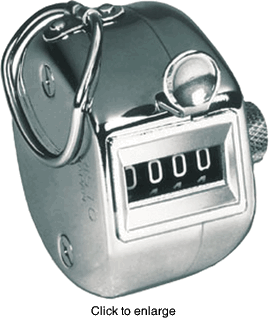This punch is a sneaker damager, because when it is thrown correctly the opponent won't see it coming. We all know that the unexpected hits make the knock out. Since this movement leaves a fighter vulnerable, like most offensive movement, it is important that it is timed correctly. Another thing I will add to this blog is something that will make this for left hook different most convention styles of left hook.
If you have read the previous posts I have emphasized mobility and staying low, while having the legs fully leveraged. I emphasize this because it allow with explosive and sudden movement, and in this case, the left hook needs sudden movement to destroy target.
There are several movements that need to happen simultaneously for this technique.
After the initial set up, whether its a jab or a feint you look for the moment that you sense is the right moment between the heart beats. The timing could be right be opponent is leaning back and dropping his hands or retracting his arms from a previous punch. It is important in practice to know long it takes fro you to execute your technique and recover so you can time this left hook on time.
Now the starting position where you in the midst of combat, as this punch is never thrown without other supportive actions alike previous jabs or evasive movement. There is a wind up of the hips, a simultaneous lunge where your hip will drop and pivot with the back foot pushing and opening violently and snapping the shoulder and the elbow cross in front of your face, and if you timed it light it should land. You must punch with your entire body, Even it is a short quick and explosive movement, this punch like other punches is not just the arms strength as most beginners mistakenly perceive.
A great resource I have found is Sugarboxing.com which has great 3D illustrations that help with understanding the movement for the more visual learners.
These movements have to be done in simultaneously with the addition of the swing left hook.
check out this clip below, very useful in showing the left leaping hook by Mike Tyson.
http://www.youtube.com/watch?v=HcKlucR73f0

















